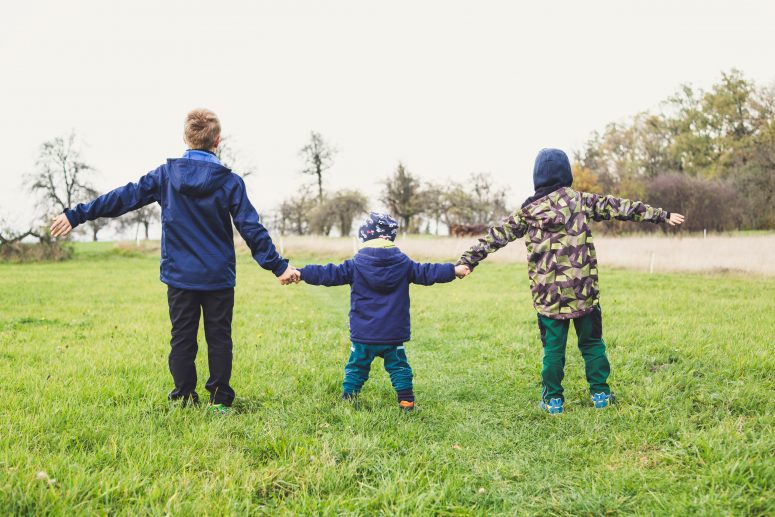Parenting and child-rearing are immensely difficult tasks. Parents often worry about protecting children while allowing freedom. Perhaps this question comes up in particular when children start taking more of an active role in their lives. The start of this is probably when they begin making friends. How can we prepare children for friendships and relationship challenges? This blog will focus on the role of boundaries in helping children navigate relationships.
Children’s worlds tend to be very black and white when they are young. Boundaries are some of the first messages that start shaping a child’s framework of the world around them. The concept of boundaries is not a new phenomenon. Literally, it means the start or end of an object or a limit. Similarly, we have different types of boundaries in everyday relationships: body boundaries, personal space and, on a general level, where our limits lie. What is ok, what is encouraged and what is a definite no. So how do we pass on good boundaries?
By modelling good boundaries
This is a crucial element. When children are first born, they start receiving messages about how to world is. Establishing a routine aids in brain development. For instance, waiting for food teaches emotional control. As children start to crawl and walk around, the word ‘no’ is used so many times – mostly to ensure the safety of the toddler. This is one of the first types of boundary-messages children start to integrate.
If the word “no” is used in an inconsistent manner, the message would likely be less consolidated and might result in confusion as to whether some behaviours are acceptable or not.
On an even more complex scale, even the way we navigate our own relationships will give out messages. Do we let our partner walk all over us? Do we say yes when we really mean no? Do we say that we value quality time with our family but are not always present?
Children continuously internalise these messages even when they are not directly related to them. Hence, modeling good boundaries is crucial if we want our children to succeed and manage healthy relationships.
By helping them to identify and communicate their boundaries
It is important for a child to be aware of what is acceptable and unacceptable for them to do. This, of course, takes a lot of hard work. However, if you and those closest to you are modeling good boundaries, a lot of this work would have already been done. The child might still have questions and things they would wish to iron out.
Discussion and open supportive space can be helpful in aiding to foster further self-awareness in this regard. The second, crucial step that comes with this is helping the child navigate any blocks they may have to communicate their boundaries clearly. In some cases, they might need to go through some life experiences to learn more about this or to fine-tune their boundaries, and this is ok too.
In fact, the more self-awareness and experiences a child garners, the more they will be able to navigate relationships. This is ultimately a process of discovering their identity.
If you think that you can benefit from professional support on this issue you can reach out here.
Jessica Saliba Thorne is a Gestalt psychotherapist. She has experience within the mental health field and sees adults with mental health difficulties, relationship issues and trauma at Willingness.
References:
Teaching kids about boundaries. Child Mind Institute. (2023, November 6). https://childmind.org/article/teaching-kids-boundaries-empathy/

